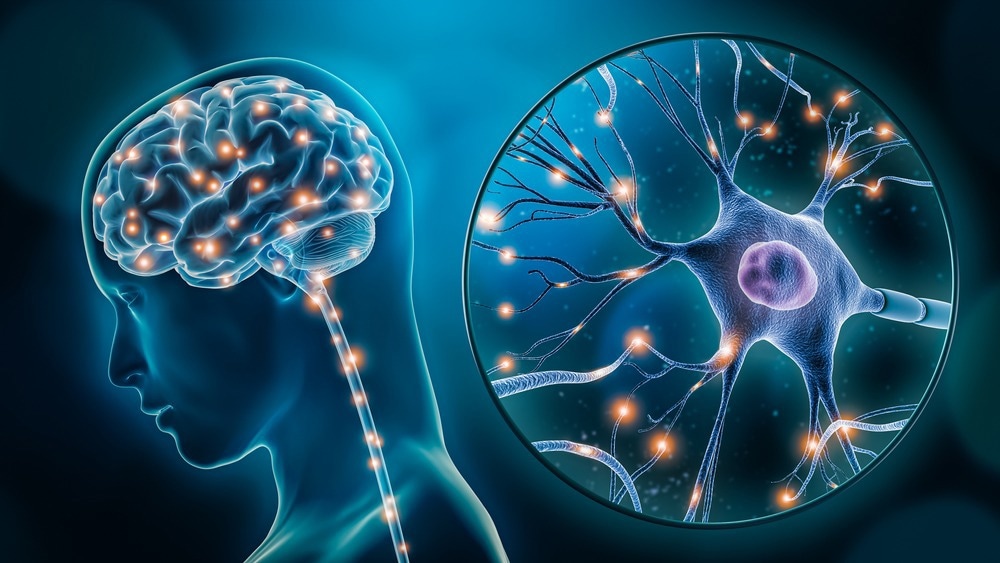In a recent study published in JAMA Network Open, researchers assessed whether psychiatric, neurological, and cognitive complications among patients hospitalized for coronavirus disease 2019 (COVID-19) differ from those with other medical conditions of similar severity.
 Study: Brain Health After COVID-19, Pneumonia, Myocardial Infarction, or Critical Illness. Image Credit: MattL_Images/Shutterstock.com
Study: Brain Health After COVID-19, Pneumonia, Myocardial Infarction, or Critical Illness. Image Credit: MattL_Images/Shutterstock.com
Background
COVID-19’s long-term effects are associated with over 200 symptoms. Besides respiratory symptoms, brain health-related symptoms are the most common, including mental and cognitive symptoms. Nevertheless, long-term neuropsychiatric and cognitive sequelae also appear after myocardial infarction, pneumonia, and other non-COVID-19 illnesses.
Studies on post-COVID-19 brain health impairment compared to that after other diseases are mainly based on surveys or health records and often focus on self-reported symptoms rather than objective clinical investigations. Therefore, longitudinal prospective studies are necessary to discern the extent, nature, and trajectories of COVID-19-specific brain health complications.
About the study
In the present study, researchers investigated whether long-term psychiatric, neurological, or cognitive complications differ between patients hospitalized for COVID-19 and those with other medical conditions. Patients hospitalized for COVID-19 between March 2020 and March 2021 were enrolled. Control patients were hospitalized for myocardial infarction, pneumonia, or other non-COVID-19 illness requiring intensive care between March 2020 and June 2021.
Additionally, healthy controls aged ≥ 18 with no history of hospitalization in the past two years were recruited. The Montreal Cognitive Assessment (MoCA) and the Screen for Cognitive Impairment in Psychiatry (SCIP) were used to assess cognition. Trial-making tests A and B were used to evaluate executive function.
The Hamilton anxiety (HAM-A) and depression (HAM-D) rating scales were used to assess anxiety and depression. Semi-structured interviews were conducted for subjective neuropsychiatric and cognitive symptoms. Further, cerebellar and sensorimotor functions and cranial nerves were evaluated. The neurological evaluation scale was used to quantify neurological signs. Physical and mental fatigue was examined using the fatigue assessment scale.
The primary outcome of the study was overall cognition. Secondary outcomes included trail-making test scores, neurological evaluation scale scores, and HAM-D and HAM-A scores. Further, exploratory outcomes were symptom frequency, number of subjective symptoms, fatigue, psychiatric diagnoses, neurological examination results, and changes in MoCA score over time.
Findings
Overall, 345 participants were examined, including 120 COVID-19 patients, 125 control patients, and 100 healthy controls. Among control patients, 50 were hospitalized for pneumonia, 50 for acute myocardial infarction, and 25 for other non-COVID-19 illnesses requiring intensive care. COVID-19 patients had a higher body mass index (BMI) than the control cohorts.
Healthy controls had fewer comorbidities and higher education levels than COVID-19 patients. The estimated SCIP scores at 18-month follow-up were 59, 61.6, and 68.8 among COVID-19 patients, hospitalized controls, and healthy controls, whereas the estimated MoCA scores were 26.5, 27.2, and 28.2, respectively.
Among COVID-19 patients, the mean HAM-A score was higher than healthy controls, but it was not significantly different compared to hospitalized controls. Further, HAM-D scores were higher among COVID-19 patients than among healthy controls but were not significantly different than hospitalized controls.
The average neurological evaluation scale score was higher among COVID-19 patients than healthy controls, indicating worse performance, but it was not significantly higher than hospitalized controls. COVID-19 patients were slower to complete both trail-making tests. They also reported a higher frequency of neurological and psychiatric symptoms than hospitalized controls.
However, only anosmia was significantly more frequent at 18 months after multiple testing. Likewise, only olfactory impairment was less frequent among healthy controls compared to COVID-19 patients after multiple testing. COVID-19 patients also had a higher incidence of new psychiatric diagnoses and scored higher on the fatigue assessment scale than healthy controls.
Conclusions
COVID-19 patients performed poorly on all tests 18 months post-hospitalization compared to healthy controls. COVID-19 patients more often had fatigue, impaired olfaction, and new psychiatric diagnoses than healthy controls. Nonetheless, they had similar outcomes as hospitalized controls, except for olfactory impairment and executive function.
Furthermore, depression and anxiety were more frequent in the COVID-19 group than among healthy controls but no more frequent than in hospitalized controls. Taken together, the findings suggest that patients hospitalized for COVID-19 had worse neurological, psychiatric, and cognitive outcomes at 18 months after hospitalization than healthy controls. However, there were no significant differences compared to hospitalized controls.
The team concluded that multimorbidity has a role in hospitalization and lasting associations with brain health, given that healthy controls had fewer comorbidities than hospitalized participants. Overall, post-COVID-19 brain health was comparable to the brain health after other severe diseases, albeit additional studies are required to corroborate these findings.